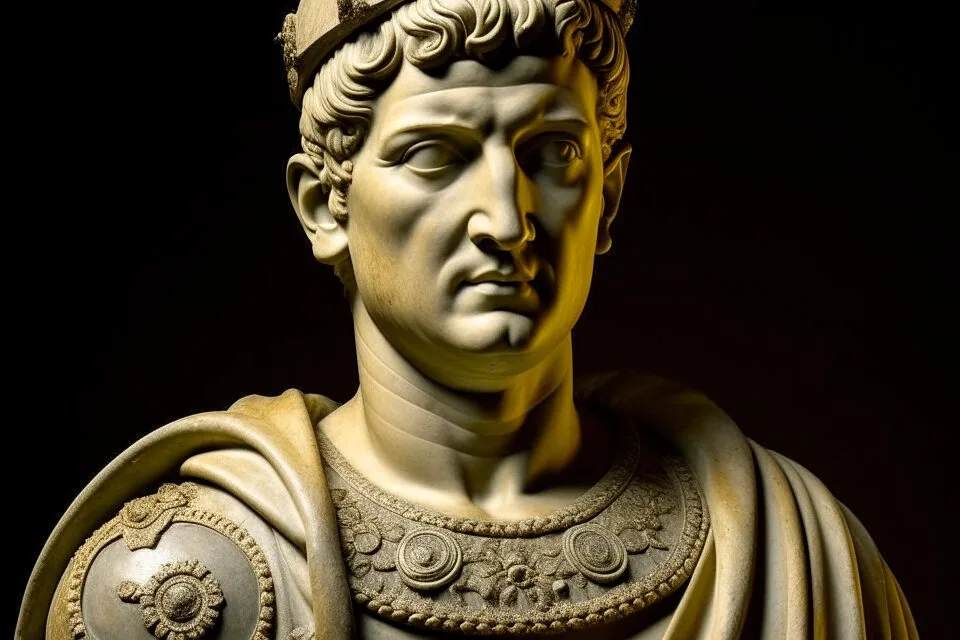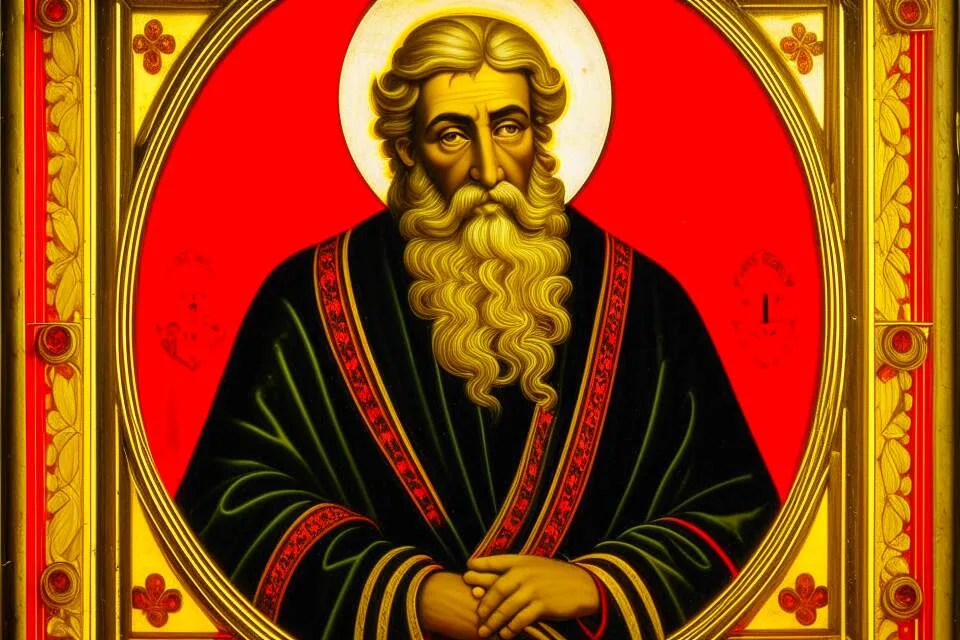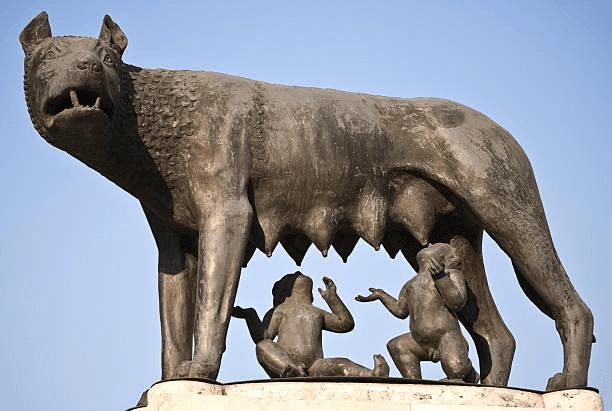Introduction
The purest form of love is sacrifice, which is an expression of selflessness. Love as sacrifice goes beyond what most people imagine. It is far more than anything related to the physical body. Every February 14, which is designated as “Valentine’s Day,” is the Christian feast day of St. Valentine. Also, it is the traditional day for sending a romantic card or gift, especially anonymously, to somebody you love.

Though it is not associated with erotic or promiscuous activities demonstrated by our contemporary youths. But on this day, we commemorate the sacrificial love of St. Valentine. Due to his love for the union of couples who loved themselves in the Roman Empire, he was killed by Emperor Claudius II. It was after placing an embargo on marriage in order for his soldiers to concentrate well in battle.
The History of Valentine’s Day Celebration
The Catholic Church recognizes at least three different saints named Valentine or Valentinus, all of whom were martyred. The history of Valentine’s Day, which occurs every February 14, and the story of its patron saint are somehow vague. We do know that February has long been celebrated as a month of romance. Also, St. Valentine’s Day, as we know it today, contains vestiges of both Christian and ancient Roman traditions. But who was Saint Valentine, and how did he become associated with this ancient rite?

1. One legend contends that Valentine was a priest who served during the third century in Rome. When Emperor Claudius II decided that single men made better soldiers than those with wives and families, he placed an embargo on marriage for young men. Valentine, seeing the injustice therein, disobeyed the Emperor’s decree and continued to perform marriage rites secretly for young lovers. When Valentine’s actions were discovered, the Emperor ordered that he be put to death.
2. Still others insist that it was Saint Valentine of Terni, a Bishop, who was the true namesake of the holiday. He was also beheaded by Claudius II, outside Rome.
3. Other stories suggest that Valentine may have been killed for attempting to help Christians escape harsh Roman prisons, where they were often beaten and tortured.
More insight about Valentine’s Day Celebration
According to one legend, an imprisoned Valentine actually sent the first “valentine greeting.” This was sent by himself after he fell in love with a young girl. Possibly his jailor’s daughter—who visited him during his confinement. Before his death, it is alleged that he wrote her a letter signed “From Your Valentine,” an expression that is still in use today.
Although the truth behind the Valentine legends is murky, the stories all emphasize his appeal as a sympathetic, heroic, and, most importantly, romantic figure. By the Middle Ages, Valentine would become one of the most popular saints in England and France for his reputation.
Origin of Valentine’s Day Celebration: A Pagan Festival in February

Some people believe that Valentine’s Day is being celebrated in the middle of February. That is, to commemorate the anniversary of Valentine’s death or burial, which probably occurred around 270 A.D. Others claim that the Christian Church may have decided to place St. Valentine’s feast day in the middle of February in an effort to “Christianize” the pagan celebration of Lupercalia. Just as other pagan celebrations were replaced with Christian celebrations. Lupercalia, celebrated on the ides of February, or February 15, was a fertility festival dedicated to Faunus. Faunus was the Roman god of agriculture, as well as to the Roman founders Romulus and Remus.
The Purification Process
Before the festival began, members of the Luperci, an order of Roman priests, would gather at a sacred cave. A place where the infants Romulus and Remus, the founders of Rome, were believed to have been cared for by a she-wolf, or lupa. The priests would sacrifice a goat for fertility and a dog for purification. They would then strip the goat’s hide into strips, dip them into the sacrificial blood, and take to the streets, gently slapping both women and crop fields with the goat’s hide.
Interestingly, the Roman women welcomed the touch of the hides because it was believed to make them more fertile in the coming year. Later in the day, according to legend, all the young women in the city would place their names in a big urn. The city’s bachelors would each choose a name and become paired for the year with their chosen woman. These matches often ended in marriage.
Conclusion
As we celebrate the feast of Valentine’s Day, let us always recall the sacrifices St. Valentine made to save marriages and families. By imitating the ONE SACRIFICIAL LOVE that brought us salvation, may we always make efforts to imitate Jesus Christ in any little way today by showing true love to people around us. Jesus Christ gave us the greatest love ever by sacrificing His life in order to save humanity.
Besides, true love is sacrificing one’s own comforts, energy, time, resources, and talents for the sake of others. Being merciful and compassionate, as well as giving a listening ear to the marginalized, weak, depressed, etc. Where there is no sacrifice, there is no love, and where there is no love, then there is no Christianity.
Prayer
May the Holy Spirit grant you the power and strength to radiate true love wherever you go, like St. Valentine. May you receive uncountable blessings and healing mercies from God’s Throne of Grace and Mercy through Jesus Christ, our Lord, Amen.
Peace and Love of Christ be with you…

HAPPY VALENTINE’S DAY!
Rev. Fr. Ben Okala, C.S.Sp.
Further reading:
https://en.wikipedia.org/wiki/Valentine%27s_Day
https://www.history.com/topics/valentines-day/history-of-valentines-day-2




